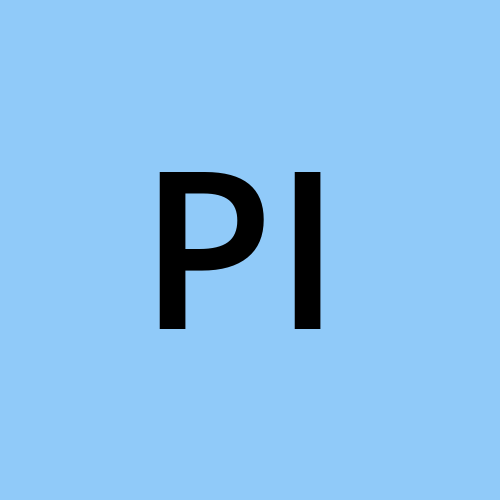Unveiling the Shadows: Navigating the Dark Web
 pibofiv384
pibofiv384Introduction:
The internet, a vast and interconnected network, harbors not only the well-lit realms of information and commerce but also the enigmatic and clandestine space known as the Dark Web. This article delves into the depths of the Dark Web, exploring its definition, characteristics, uses, and the challenges it poses in the realm of cybersecurity and online safety.
Defining the Dark Web:
The Dark Web is a hidden portion of the internet that requires specific software, configurations, or authorization to access. Unlike the Surface Web, which includes indexed and searchable content accessible through traditional search engines, the Dark Web operates on encrypted networks, ensuring a higher degree of anonymity for users.
Characteristics of the Dark Web:
a. Anonymity: Users on the Dark Web often remain anonymous through the use of tools like Tor (The Onion Router), which routes internet traffic through a series of volunteer-operated servers.
b. Encrypted Communication: Communication on the Dark Web is encrypted, providing a layer of privacy for users engaged in various activities.
c. Cryptocurrencies: Transactions on the Dark Web frequently involve cryptocurrencies like Bitcoin, offering a level of financial anonymity.
Uses of the Dark Web:
a. Privacy Advocacy: Some users utilize the Dark Web for privacy and security concerns, communicating and sharing information away from the prying eyes of surveillance.
b. Whistleblowing: The Dark Web serves as a platform for whistleblowers to share sensitive information without fear of retribution.
c. Censorship Resistance: In regions with strict censorship, the Dark Web provides a means for citizens to access information freely.
d. Illicit Activities: Unfortunately, the Dark Web is also notorious for hosting illicit activities such as illegal marketplaces, hacking services, and more.
Challenges and Dangers:
a. Illegal Marketplaces: The Dark Web has gained infamy for hosting online marketplaces for drugs, weapons, stolen data, and other illegal goods and services.
b. Cybercrime: Cybercriminals exploit the Dark Web for activities like selling hacking tools, stolen credentials, and offering services such as Distributed Denial of Service (DDoS) attacks.
c. Security Risks: Users accessing the Dark Web face security risks, including malware, scams, and potential exposure to illegal content.
Combating Dark Web Threats:
a. Law Enforcement Actions: Governments and law enforcement agencies globally collaborate to identify and dismantle illegal operations on the Dark Web.
b. Technological Countermeasures: Cybersecurity professionals develop tools and techniques to monitor and mitigate threats emanating from the Dark Web.
c. Education and Awareness: Raising awareness about the risks associated with the Dark Web is crucial for fostering responsible online behavior and ensuring individuals are vigilant about potential dangers.
The Future of the Dark Web:
The Dark Web continues to evolve, presenting ongoing challenges for cybersecurity experts and law enforcement. As technology advances, new tools and tactics may emerge, necessitating adaptive strategies to combat emerging threats.
Conclusion:
The Dark Web remains a mysterious and complex aspect of the internet, with both positive and negative implications. While it offers a refuge for privacy advocates and whistleblowers, it also serves as a breeding ground for illegal activities. Navigating the delicate balance between privacy, security, and combating cyber threats is an ongoing challenge that requires collaboration, technological advancements, and a vigilant user base to ensure a safer digital landscape.
Subscribe to my newsletter
Read articles from pibofiv384 directly inside your inbox. Subscribe to the newsletter, and don't miss out.
Written by
